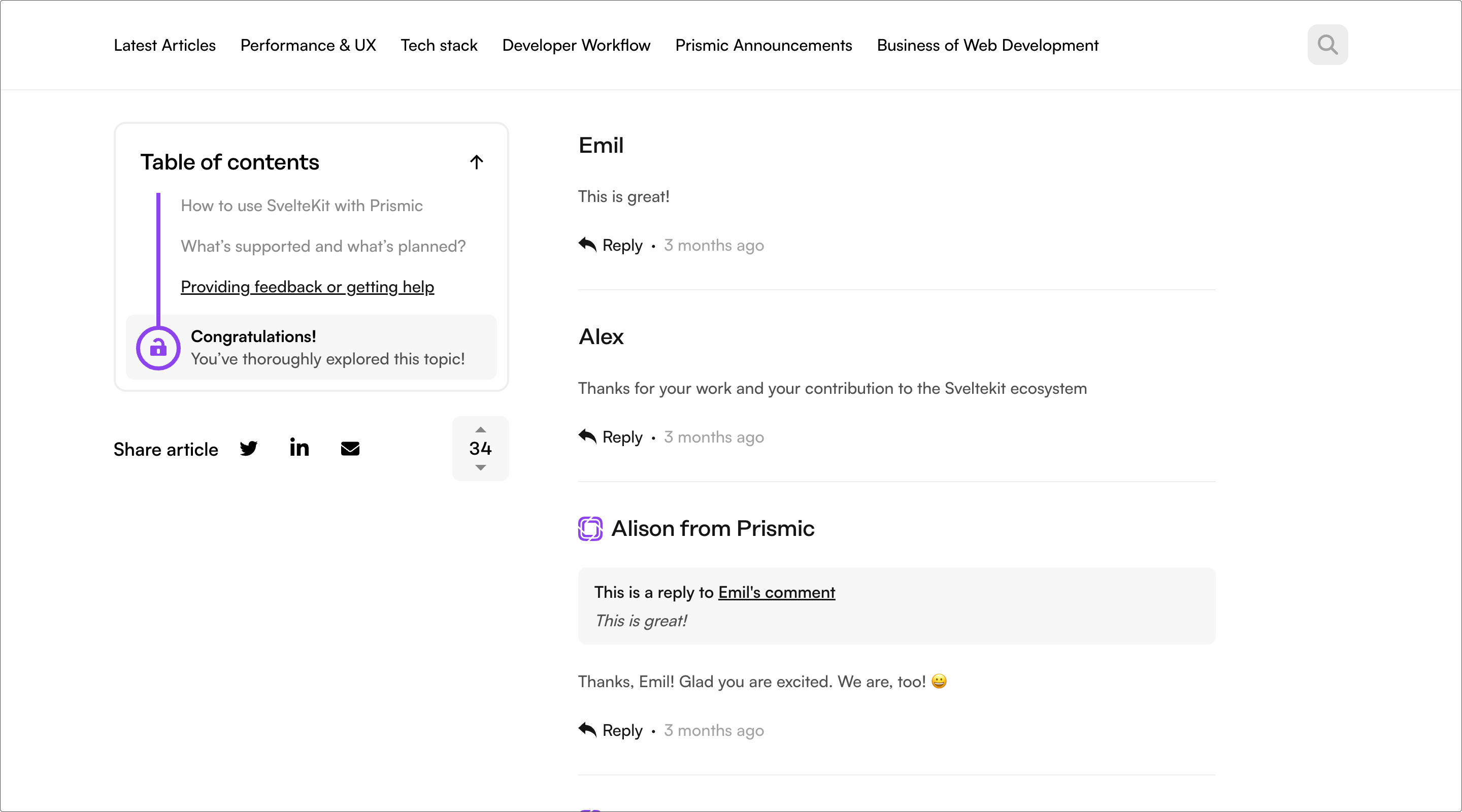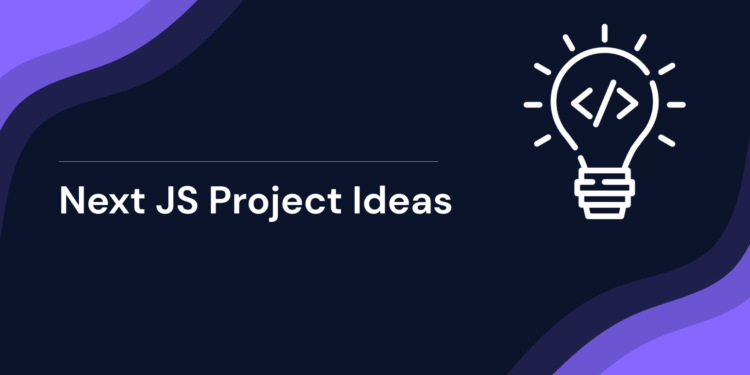What is Next.js? A Powerful Framework for React Developers
Launched in 2016, Next.js is a popular open-source web development framework that simplifies the process of building React-based applications. Designed with performance and scalability in mind, it supports server-side rendering (SSR) and static site generation (SSG) out of the box, making it ideal for modern, high-performing websites and applications.
When building a web application from scratch using React, developers often face challenges such as:
- Configuring bundlers like Webpack and compilers like Babel
- Implementing code splitting for optimized production builds
- Setting up static page generation for faster load times
- Writing complex server-side logic to fetch and manage data
Next.js addresses all of these challenges, streamlining the development process and enhancing performance, SEO, and user experience. According to Vercel, the creators of Next.js, the framework is built to offer a “best-in-class developer experience.” By leveraging server-side rendering, Next.js reduces the load on the client’s browser and improves both speed and security, making it a top choice for modern web development.
Top 6 Project Ideas for Web Apps to Build Using Next JS
1. URL Shortener Landing Page Built with Next.js, Tailwind CSS, and Strapi
A great example of a URL shortener project built using Next.js, Tailwind CSS, and Strapi is presented by developer Chibuike Nwachuku. Long, complex URLs—like dannyandtinaswedding.blogspot.com/rsvp-yes-or-no/confirm—can be unattractive and difficult to remember. That’s where a custom URL shortener can significantly improve user experience by offering:
- Cleaner, more aesthetic links
- Click tracking and analytics
- Easy link swapping and redirection
This type of Next.js landing page not only improves the visual appeal of links but also contributes to better SEO and user engagement.
Even if you’re not ready to build a full URL shortener, you can still achieve similar results using Next.js route masking to create short, memorable, and SEO-friendly URLs for your web pages.

2. Build a Blog Website with Next.js, MDX, and a Custom CMS
Developer Caleb Olojo created a personal blog website using Next.js, MDX, and a custom content management system (CMS). Through his hands-on experience and detailed case study, Caleb shares how you can build a similar blog from scratch—highlighting both the development process and the challenges he faced.
His blog implementation leverages the Node.js File System (fs) API to read and manage content files. These functions are executed on the server side within the pages directory, taking full advantage of Next.js’s built-in data-fetching methods like getStaticProps and getServerSideProps.
Using MDX allows you to write content in Markdown while embedding React components, giving your blog both dynamic functionality and static performance—ideal for SEO-friendly, high-performance blogging platforms.
3. Real-Time Messaging App with Next.js and Ably
In a detailed tutorial published on the Ably blog, developer Jo Franchetti demonstrates how to build a real-time messaging app using Next.js. The project is based on the official create-next-app template and features a custom React chat component that leverages Ably’s real-time messaging platform.
By integrating Ably Channels, you can send and receive live messages within your Next.js application. When users publish a message to a channel, all connected clients subscribed to that channel instantly receive the message—enabling a seamless, real-time chat experience.
This tutorial showcases how easy it is to build WebSocket-powered chat apps with Next.js and Ably, making it a great project for developers interested in real-time web applications and modern frontend development.
4. Pricing Calculator
Here’s a simple project idea to get your feet wet—a single page React app built with Next.js, TypeScript and Theme UI. This pricing/tip calculator shared on GitHub highlights the conveniences of using Next.js which include automatic transpilation and bundling, hot code reloading, server rendering, and static file serving.

5. API Project
In his tutorial Build an API with Serverless Functions in Next.js, developer Lawrence Eagles explores the power of Next.js serverless functions and their role in building fast, scalable APIs. A key benefit he highlights is how Next.js pre-renders React components into HTML—either at build time with Static Site Generation (SSG) or on the fly using Server-Side Rendering (SSR).
According to Eagles, “Whether you are using SSR or SSG in Next.js, your React components are already rendered into HTML pages by the time they reach the browser.” This approach results in faster load times, improved SEO, and a better overall user experience.
This project is ideal for developers looking to combine API development with a performant frontend framework, using Next.js as a complete full-stack solution.
6. User Authentication System
Sheliak is an open-source authentication service and was built using Django, React, and GraphQL. Did you know that you could also build a single-sign-on authentication system using Next.js? Introducing the NextAuth.js library, explained extensively by Kingsley Ubah in Implementing user authorization in Next.js.
Here are some more list of some top projects in NextJS:
- Personal Blog Application.
- To Do Application.
- Document Management System.
- Quiz App.
- E-Commerce App.
- Car Rental System.
- URL Shortner Project.
- Social Networking Platform.
19 Next.js Project Ideas For You to Get Hired
AI Projects
1. Form Builder with AI
Idea: Create a simple form builder and make it possible for users to give 1–2 sentences and gpt would create a form structure for them.
Examples: tally.so (without AI) or typeform.
2. Survey Builder with AI
Idea: Same as above, this is also a builder but now for surveys. Allow users to give 1–2 sentences about their product, and it would generate a survey with questions, etc.
Examples: formaloo.com/survey-maker
3. Email Marketing Platform with AI
Idea: Create a platform to help people with email marketing, but with the help of AI. Example create email templates, use AI to fill these templates based on user input, schedule emails, etc.. You can use Resend or similar to send the email.
Examples: Mailchimp
4. Day Organizer
Idea: Example user would type what he want to do for the day, and AI would generate a structure for the day, in the UI the user can make changes, regenerate the structure, and so on. You can even go further and make email/calendar integrations, mobile app, etc.
Examples: UseMotion
5. Code Review Tool with AI
Idea: Build a page where you can paste code, and gpt would review it and suggest for suggestions. If you want to make it more complex, you can accept multiple files, or even repositories, integrations, etc.
Examples: CodeRabbit
Saas Projects
6. Invoice Generator
7. Online Booking System
Examples: SimplyBook.me
8. Feedback Manager
Examples: UserBack
9. CMS for Managing Blog Posts.
Examples: Sanity
10. HR Software
Examples: Personio
11 Next.js Example Projects to Build in 2025
Add comments functionality with Supabase and Slack

Access more of this project’s details via the following links:
- Live demo
- GitHub repo
- Project tutorial: This step-by-step guide shows how to add comment functionality to a blog with Next.js, Supabase, and Slack.



